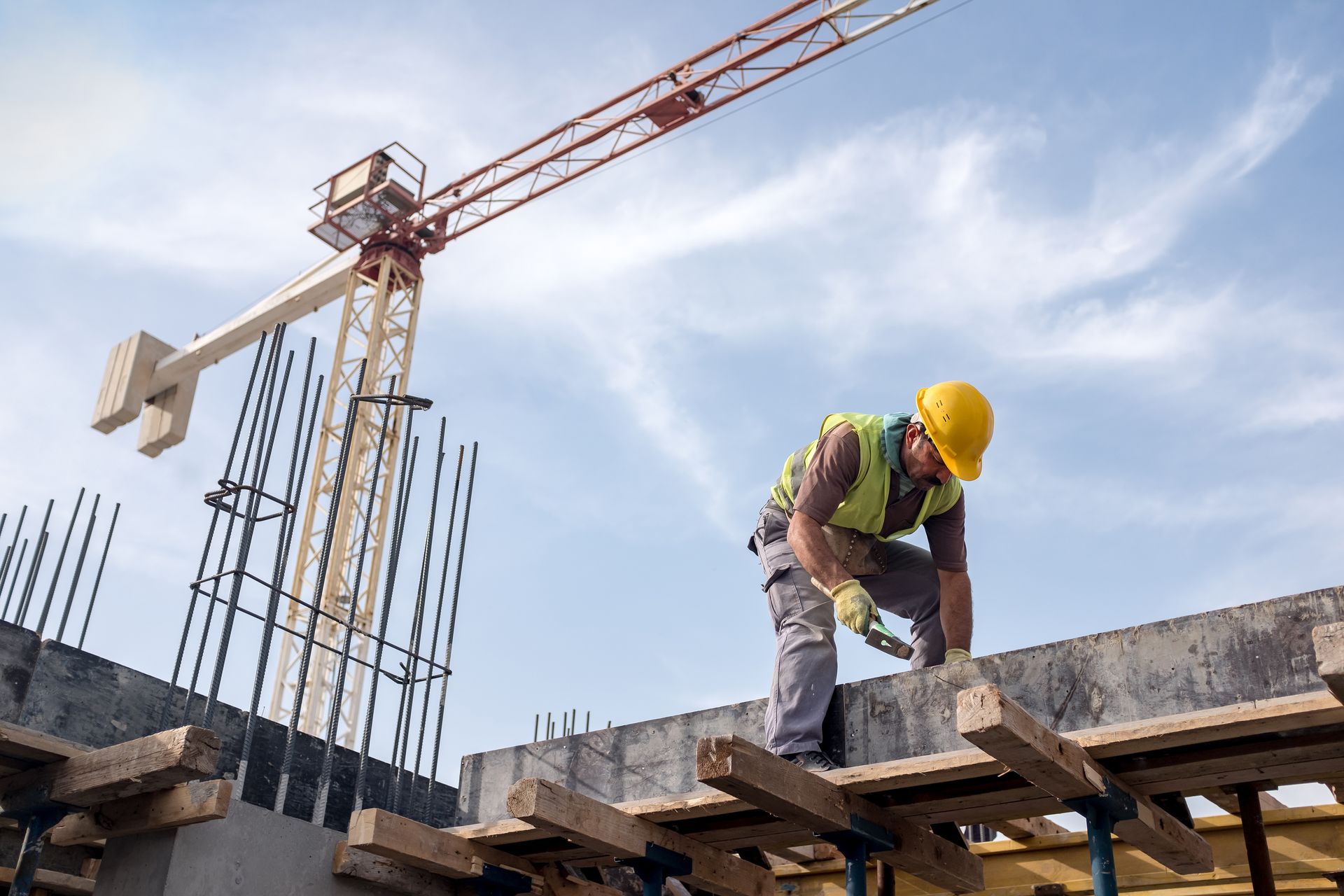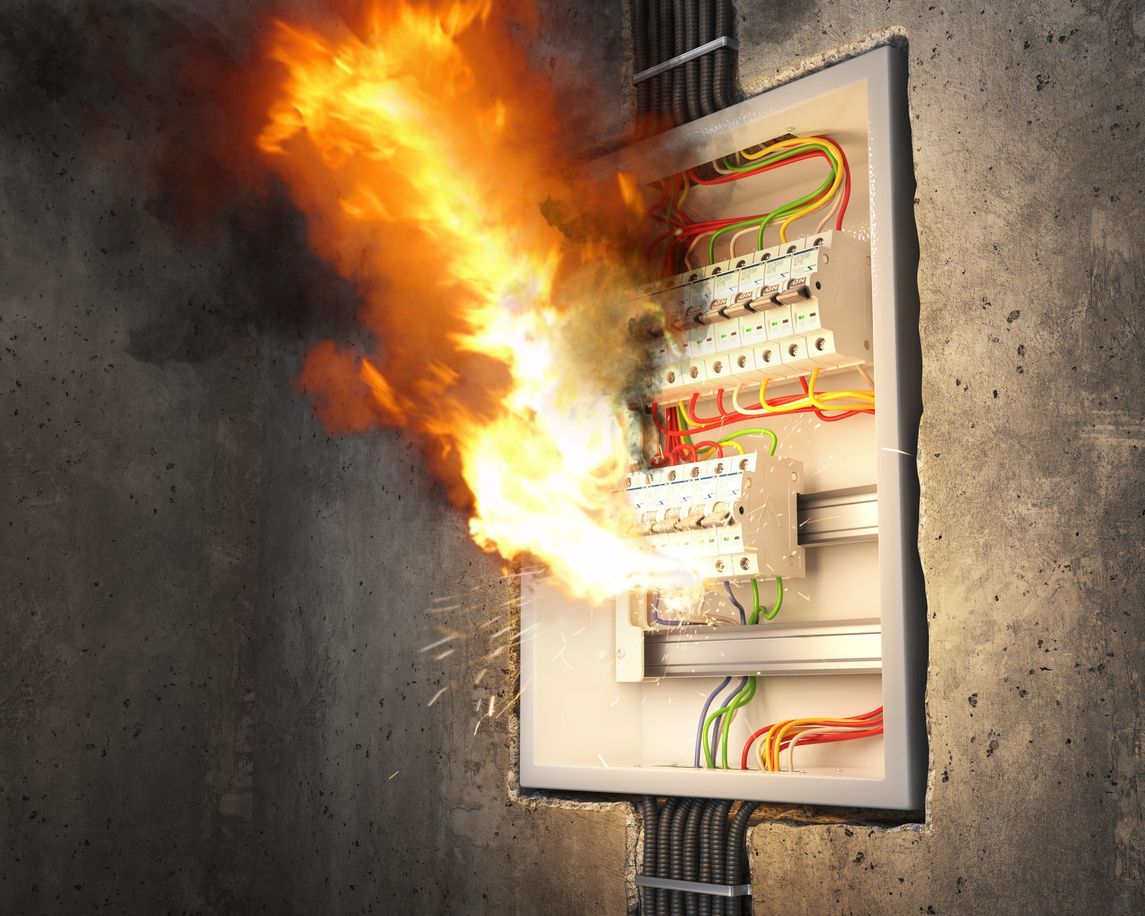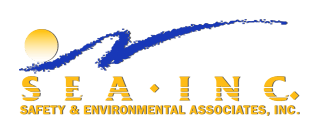Blog Layout
IS MY HOUSE SAFE AFTER SOMEONE USED METH IN IT?

Methamphetamine (meth) exposure to a home or office will leave behind a host of chemicals in the walls, floors, carpeting and ceilings. This dangerous residue consists of mercury, lead, lithium and iodine and even meth itself. These are all highly poisonous substances to humans, especially young children and older adults. Exposure to the slightest amounts of these substances can result in damage to the central nervous system, liver and blood production. The health hazards from meth contamination exposure are innumerable.
If you suspect meth has been used in your home or office, you should have the property tested immediately. A home meth lab can cause a great deal of damage to a commercial or residential property. Detection can be difficult because residue from meth may be invisible. Having a property analyzed and assessed is imperative when exposure may have occurred.
In Arkansas as well as other states, meth lab contamination removal must be done by a certified contractor with experience in the process of cleaning properties that have had exposure to meth. SEA is an industry leader in the process of cleaning properties that have been exposed to hazardous chemicals. They have successfully cleaned thousands of properties that have been exposed to meth.
There are many myths that can be dispelled about the detection of meth exposure.
Common Myths Associated With Meth Contamination Detection
“You can tell there is meth exposure by the smell.”
This is an terrible method of detecting meth manufacturing. If you can smell it you are exposing yourself to the dangers. Current methods of manufacturing meth produce various odors during production; however, after a short time, there may be little or no odor at all. Never think that a smell is a reasonable indication of exposure; it’s unreliable.
“Just smoking meth is not a problem.”
Nothing could be further from the truth. Repeated smoking of meth in a home will leave dangerous levels of hazardous chemical residue that can cause serious health problems.
“High-end neighborhoods are safe.”
This is untrue. Many meth labs have been found in million dollar neighborhoods.
It is advisable to have your property tested when you suspect it has been exposed to meth chemicals. SEA can effectively handle the testing and the meth clean-up process to remedy air quality problems caused by meth. Below is a sampling of a typical meth lab contamination removal process. SEA, Inc. meth lab contamination removal
For more on SEA’s testing and clean-up process, please download our informational booklet here (PDF) or click the image to the right. In it you will learn the answers to the questions below, and many more!
What are some signs that a property is being used as a meth lab?
What is decontamination?
Who is responsible for cleaning up the property?
How is a property cleaned up?
How long will it take to get the property cleaned up?
What health risks are associated with the property?
How can I find out if a property was used as a meth lab?
If you suspect your home or office has been contaminated by meth, contact SEA Inc. You can contact us here, or you can call us 24 hours a day, seven days a week at 888-374-3442.

By Derek Jennings
•
February 10, 2025
Each year, as the Occupational Safety and Health Administration (OSHA) releases its list of the top 10 workplace safety violations, a pattern emerges that begs a question: Are these frequent violations a sign that employers continue to struggle with the same safety issues, or does it reflect a disposition among OSHA inspectors to focus on areas where they are trained to focus? The Persistent Issue of Repeated Findings The repetition of certain violations year after year might seem surprising, but it underscores a significant challenge in workplace safety management. The top violations tend to be those that are most visible and easiest to spot during inspections, such as fall protection and hazard communication. This consistency suggests that while awareness is high, practical implementation and adherence to safety practices lag behind. Top 10 Most Cited Health and Safety Standards of 2024 1. . Fall Protection, General Requirements: 6,307 violations For the 14th consecutive year, fall protection tops the list of OSHA's enforcement priorities. This emphasis is not arbitrary; OSHA has designated fall protection as a national emphasis area, making it a primary focus during inspections. It's often one of the easiest violations to spot without extensive investigation skills. The OSHA standard 1926.501 mandates that employers must provide fall protection systems like guardrails, safety nets, or personal fall arrest systems for workers at risk of falls of six feet or more in construction and four feet in general industry. Often, the major factor in these violations is human behavior. Many offenders might think, "No one is watching, and this will only take a moment, so it's no big deal." However, this mindset can lead to non-compliance with critical safety measures, putting worker safety at significant risk.

By Derek Jennings
•
February 7, 2025
The Occupational Safety and Health Administration (OSHA), in collaboration with the Partnership for Electrical Safety and KEMA Laboratories, has recently unveiled new guidance aimed at addressing arc flash hazards in the workplace. This guidance is a crucial update that highlights the need for comprehensive electrical safety programs that specifically include measures to protect against arc flash hazards. Here’s what employers need to understand about the new directives and how they can effectively respond. Understanding Arc Flash and OSHA's Recommendations An arc flash is a type of electrical explosion that results from a low-impedance connection to the ground or another voltage phase in an electrical system. The new guidance provided by OSHA not only offers a clear definition of what constitutes an arc flash but also elaborates on methods to mitigate such hazards during electrical work. The guidance includes detailed documents for employers and useful handouts for employees, emphasizing the common myths and the reality of arc flash dangers. The Role of NFPA 70E OSHA’s guidance strongly correlates with the standards outlined in NFPA 70E, the National Fire Protection Association’s standard for electrical safety in the workplace. Employers who are already compliant with NFPA 70E likely have a written Electrical Safety Program (ESP) that includes protocols for arc flash hazards. This new guidance serves to reinforce the importance of these existing standards while also urging those without comprehensive plans to take immediate action. What if You Don’t Have a Comprehensive ESP? For employers who have yet to develop an ESP that addresses arc flash hazards, OSHA’s guidance is a wake-up call. It is crucial to recognize that general workplace safety standards, although not specifying arc flash, require protection against electrical hazards under regulations like 1910.333. The absence of specific OSHA standards for arc flash does not excuse employers from the responsibility of protecting their employees from such risks. Implementing Effective Arc Flash Protection Measures Incident Energy Analysis: A foundational step in arc flash protection is conducting an incident energy analysis. This process involves studying the facility’s electrical systems to calculate the potential energy released in the event of an arc flash. Understanding this energy potential is essential for determining the arc flash boundary—the distance within which a person could receive second-degree burns or worse if exposed to an arc flash. Developing a Risk Assessment Procedure: Employ ers need to establish a procedure for assessing the risks associated with arc flash. This includes evaluating the tasks being performed, the condition of the electrical equipment, the maintenance history of the equipment, the energy involved, and the potentia l for human error. Deciding on Protective Measures: Once risks are assessed, decisions must be made regarding the best ways to protect employees. This often involves the use of Arc-Rated Pe rsonal Protective Equipment (PPE) and could also include engineering controls such as redesigning parts of the electrical system to minimize arc flash risks. Proactive Versus Reactive: The Choice is Yours The latest guidance from OSHA should be viewed as an unofficial yet critical call to action for employers to either update their existing safety measures or develop new protocols in line with NFPA 70E. Being proactive about electrical safety not only helps in compliance with OSHA’s standards but fundamentally enhances the safety and well-being of employees. Final Thoughts The introduction of OSHA’s arc flash guidance is a significant step toward heightened awareness and improved safety practices surrounding electrical hazards in the workplace. Employers are encouraged to review their current safety protocols, educate their workforce about the dangers of arc flash, and implement comprehensive measures to prevent such incidents. Always keep in mind that workplace safety begins with staying informed and well-prepared. Make it a habit to test before you touch it and prioritize safety like your life depended on it! For more insights into workplace safety and compliance, keep following our blog. Your safety is our priority, and together, we can foster a safer working environment for all. By Derek Jennings President SEA
10201 W. Markham Suite 317
Little Rock, Arkansas 72205
Phone: 888-374-3442
1750 Highway 160 West, Suite 101-147
Fort Mill, SC 29708
Phone: 839-400-2223
Our Hours
- Mon - Sun
- Open 24 Hours
© 2025
SEA Inc. | Powered by Flypaper | All Rights Reserved | Privacy Policy

